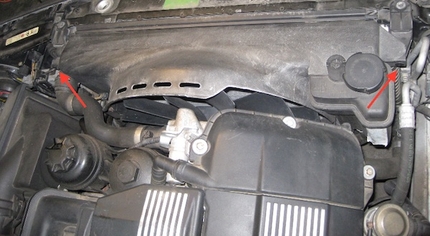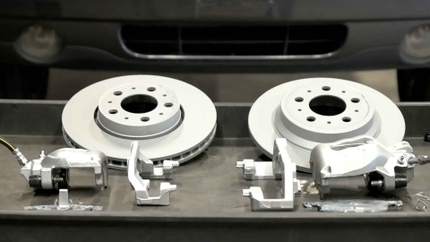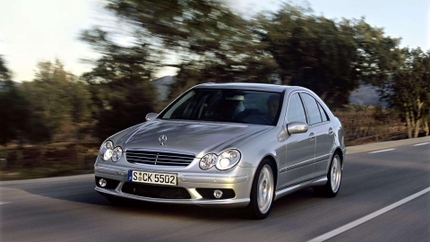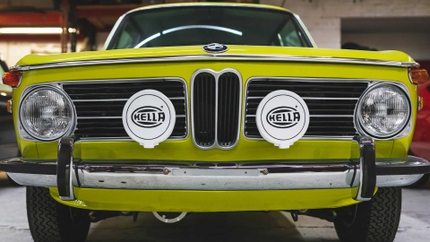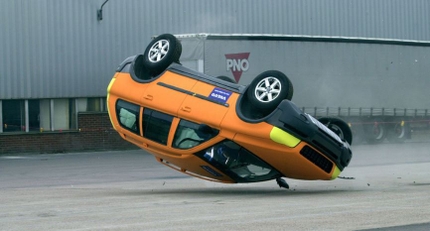- 08/14/2015
- 1 Min Read
- By: William Yelder
The Importance of Brake Hose Maintenance and Upgrades
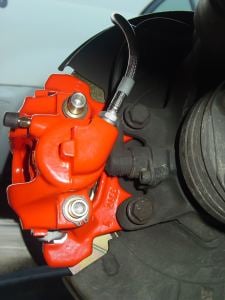 Brake system inspections and component replacement is vital to the safety of your vehicle.
Brake system inspections and component replacement is vital to the safety of your vehicle.
For new cars a safety inspection which includes brake system inspection is manditory for your car to be considered road worthy especially if you're buying something with some miles on it like a Volvo S60 or BMW 325i.
In most of these various scenerios replacement of pads, rotors, and Brake fluid maintenance will be sufficient.
However one common item which is usually left unchecked are the Brake hoses.
Brake hose failure does not happen quickly. When they fail, the effects are immediate. These cases are usually found in older model cars or cars used in a more component stressed, aggressive environment. The result can be an imbalance in the hydraulic brake system, leaking, poor caliper compression, ruptures from weak inadequate hoses, or loss of stopping power. A way to prevent this would be to inspect the lines when doing a pad and/or rotor replacement. Frayed and leaking brake lines are good indicators of the need for replacement.
Replacing the brake lines is pretty straight forward and require very few tools. It will require the refill of brake fluid and bleeding of the system.
OEM vs Performance Brake Hoses
There are many types of brake hoses on the market. They break down into two categories: OEM and Performance brake hoses.
OEM brake hoses are factory approved equipment designed specifically for your vehicle from the Car manufacturer. They are designed to give the expected stock performance and generally will last for the life of the car. As a tried and true method of handling the normal system stresses, using OEM replacement brake hoses are a good affordable choice for replacement. If you plan to alter the vehicle for motorsport or higher performance within time of ownership it would be wise to suggest going with a upgraded brake system. When doing so, performance brake hoses are worth a look.
Performance brake hoses find their place in many high performance vehicles and designated motorsport cars. They offer a greater advantage over stock brake lines. Most are comprised of braided stainless steel and harder compounds and do not expand or "give" as much as their OEM counterparts. In most cases this translates into more braking or bite to the pedal. It's not unheard to have them on a daily driven vehicle, however salt and other chemicals used in the Winter may affect their longevity.
You Get What You Pay For
We all like looking for deals. I admit I too am a bit frugal with my purchases. Don't cheap out when shopping for parts that go hand-in-hand with the safety of a vehicle, even if it is a performance modification. Always try to stay with the OEM equipment or factory approved performance brake hose. Most cheap brake hoses on auction sites may or may not be DOT approved. Sets like these tend to fail prematurely, or not live up to the claims advertised. Ask around to see which sets are recommended. Doing this you avoid doing the job multiple times.
Do it once and do it right.


